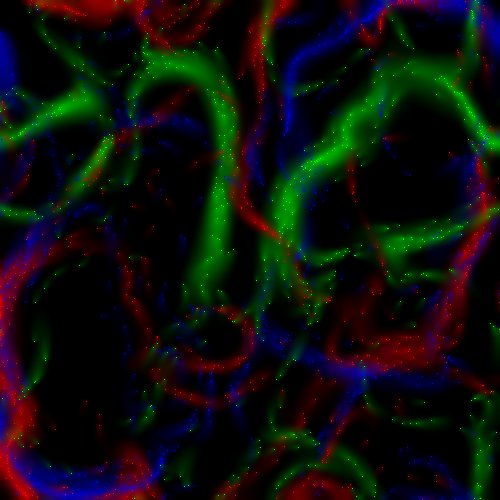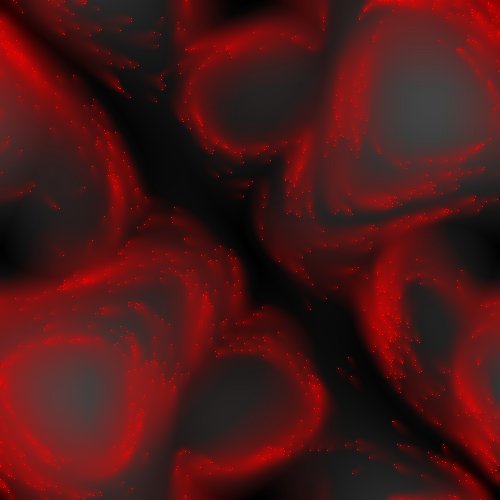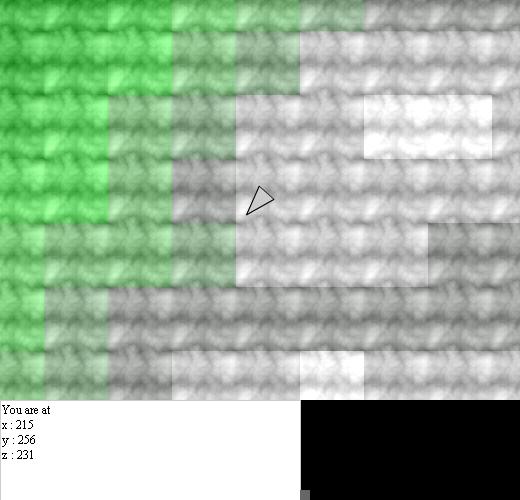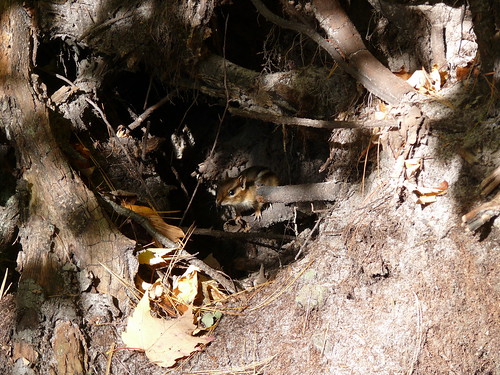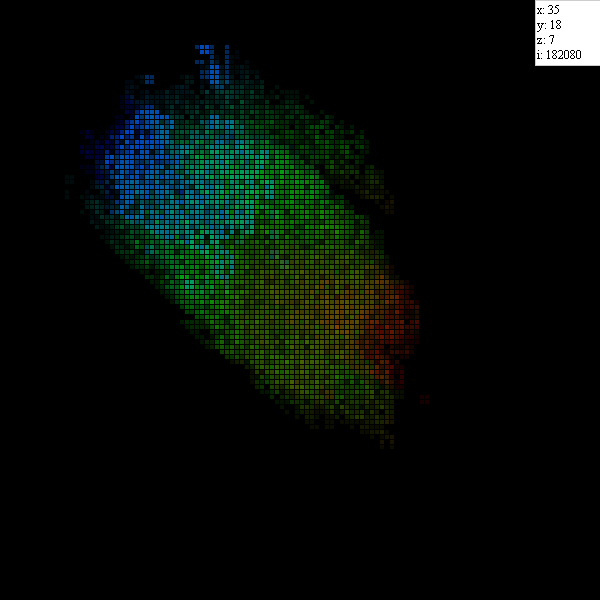Click here to launch the ants.
Click the left button to reset the terrain which the ants follow.
Click the right button to show and hide the terrain.
1800 ants in a full-color version of yesterday’s experiment. Instead of looking for dark/light pixels, the ants look at the different color channels of the pixel they land on – red, green and blue. Then the ants follow the same pattern as yesterday – dark pixels turn left, light pixels turn right – based on the intensity of the target color.
Yup. I like how this one turned out, too.

